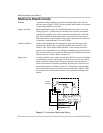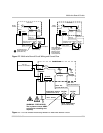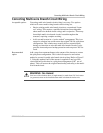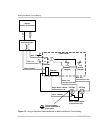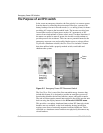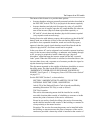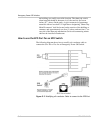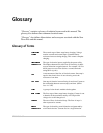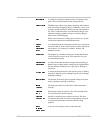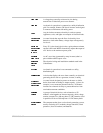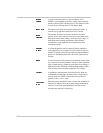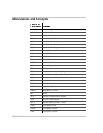
The Purpose of an EPO switch
976-0043-01-02 G–3
The intent of this feature is to provide three options:
• Inverter shutdown using an externally mounted switch as described in
the 2002 NEC Article 230-70 (a) (no physical disconnect required),
• Inverter shutdown and physical disconnect by using a 2-pole EPO
switch, one set of contacts open the AC output breaker, the other set
turn off the inverter (Physical shunt trip breaker required), or
• DC and AC circuit shunt trip breakers physical disconnect required
(very expensive and not necessary).
During discussion with industry experts, their opinion was that if the DC
battery bank was within the vicinity of the unit and the EPO control
provided a clear, repeatable shutdown, tested and verified by agency
approval, then the control signal shutdown would be allowed and the
expensive physical DC disconnect would not be required.
In the case where AC service subpanels are located in separate locations,
away for the inverter, other buildings, or unknown wire running through
walls, you may be required to install a shunt trip type “physical
disconnect” added between the inverter output and the sub “essential
loads” panel. When the EPO switch is activated, as described above, the
inverter shuts down, and a separate set of contacts provides the signal to
trip the shunt trip circuit breaker.
The disconnect mounted on the outside of the house should be at or near
the utility meter. The label on the EPO switch should be labeled
“EMERGENCY POWER OFF OF SECONDARY SOURCES OF
POWER”. See Figure G-1, “Emergency Power OFF Disconnect Switch”
on page G–2.
See the 2002 NEC Section 3, as shown below.
SECTION 3. MODIFICATION TO ARTICLE 230 OF THE
NATIONAL ELECTRIC CODE, 1999 EDITION
Article 230 of the National Electric Code is hereby modified by
amending Subsection 230-70(a) to read as follows:
230-70(a) Location.
The service disconnecting means shall be installed at a readily
accessible location either outside of a building or structure or inside
nearest the point of entrance of the service conductors.
Except in one and two family dwellings, the service disconnecting
means shall be installed at the exterior of the building or structure in
close proximity to the meter location.
Exception: The service disconnecting means can be installed inside
the building or structure nearest the point of entrance of the service
conductors provided a shunt trip switch is installed at the exterior of




